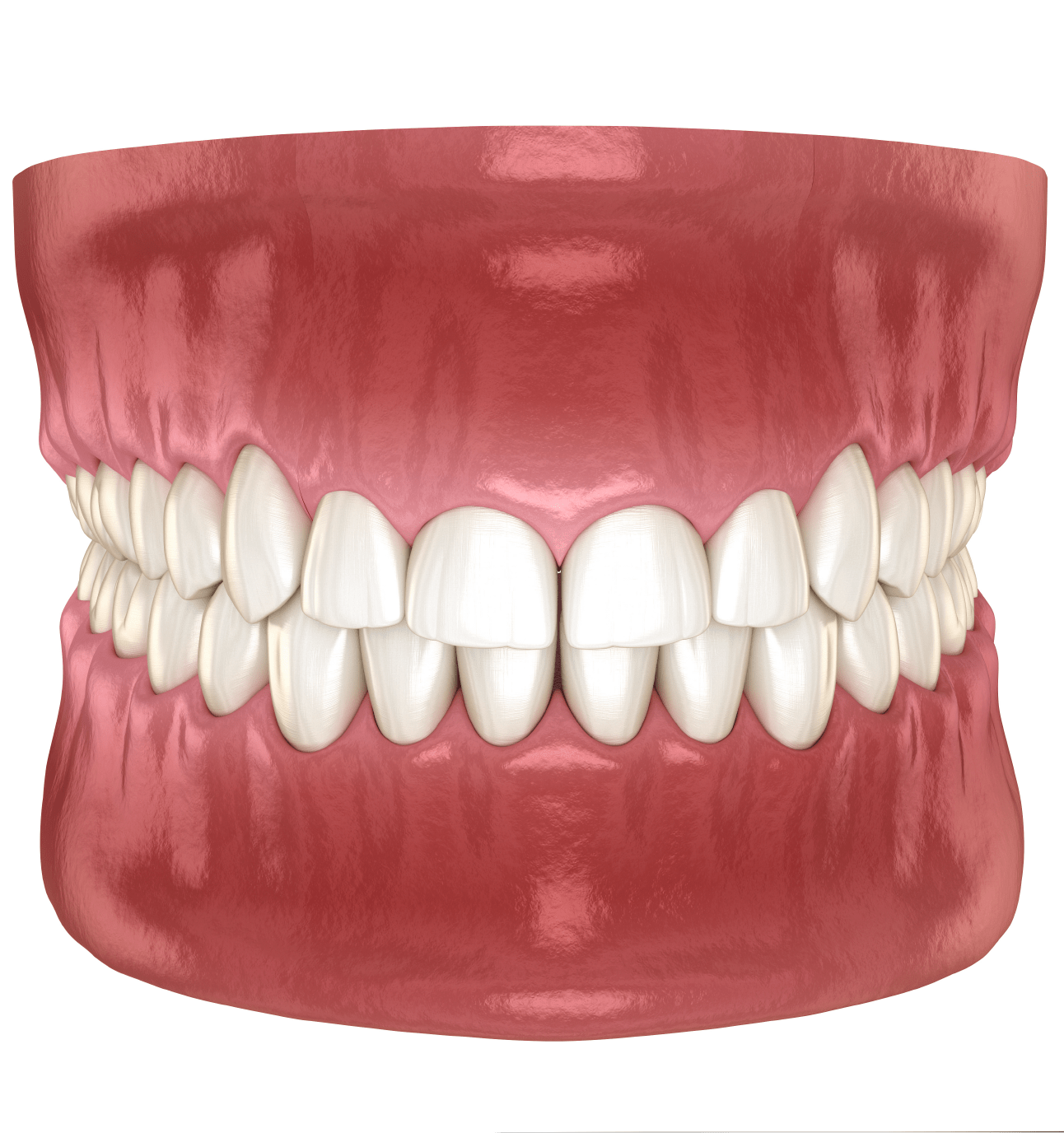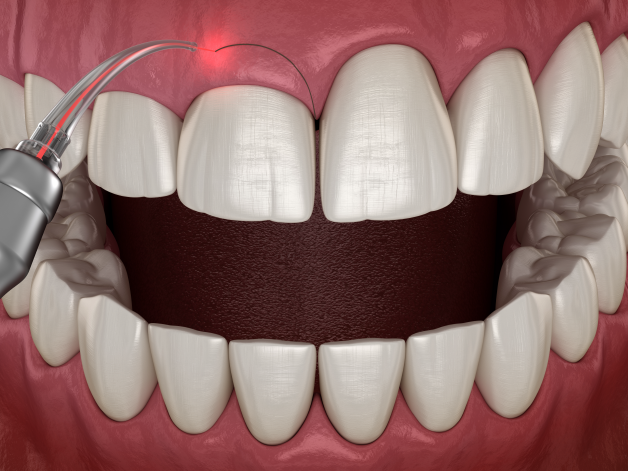Gingivectomy in Memphis TN
OR CALL (901) 300-4162
According to the American Dental Association, approximately 47.2% of Americans over the age of 30 have some type of gum disease, sometimes known as periodontal disease. The importance of preventing this or taking proper care upon diagnosis is of the utmost importance. Without preventing it, those that succumb to some form of gum disease might lose their teeth. This is where a gingivectomy may be performed. But what is a gingivectomy, and how can it help?

What is a Gingivectomy?
Gingivectomy is the surgical removal of the gingiva, commonly known as gum tissue. A gingivectomy is used to treat conditions such as gingivitis, but it can also be used for cosmetic reasons. For example, if a patient wants to make changes to their smile, a gingivectomy can remove additional or surplus gum tissue. A gingivectomy might be recommended by us if you have gum disease, but it may also be recommended if you have gum recession, such as from aging or bacterial infections. As gum disease can create openings at the bottom of the teeth, this can result in plaque bacteria buildup, sometimes known as tartar or calculus. Without addressing these issues, they can lead to additional damage.
In addition to a gingivectomy, there is another type of periodontal surgery called gingivoplasty. The difference between a gingivoplasty and a gingivectomy is that a gingivoplasty only removes part of the gums, where a gingivectomy removes an entire portion of the gum. A gingivoplasty involves reshaping the gums, which improves the functions of the mouth, such as improving your ability to chew foods or preventing cavities.
What Should I Expect During the Procedure?
The procedure consists of the following stages:
- A local anesthetic is implemented to numb the gum area.
- With either a laser tool or a scalpel, pieces of gum tissue are cut away, called a “soft tissue incision.”
- Throughout the procedure, excess saliva is removed using a suction tool. When the tissue has been removed, the gum line is shaped by a laser tool. This vaporizes any remaining tissue.
- Finally, bandages are put on the area to look after the gums while they heal.
Suzanne Testimonial
Suzanne discusses her cosmetic gum surgery to correct her gummy smile and replace her veneers. She is very pleased with her smile enhancement. A gum lift, or gingivectomy, is a procedure designed to ensure that your gums are in the best possible position for your to show off your smile!
What is the Difference between the Scalpel and Laser Procedures?
Due to the advances in laser technology, laser gingivectomy is becoming increasingly common. This is because it is easier to use, but is also more precise. It also allows the healing to occur quicker. In addition, the heat of the laser minimizes cauterization (the burning of tissue) due to its concentration. In our practice, we use VersaWave laser specialty technology which is very effective.
What is the Process of Recovering from a Gingivectomy?
A few days after the gingivectomy may result in some jaw pain. It is usually recommended that you only eat soft foods, as this doesn’t irritate the gums during the healing process. If you experience any irritation that spreads into your mouth, you can apply a cold compress to soothe the pain. It’s also important to keep the area free from bacteria, by using a saline solution or a saltwater rinse. It is important to avoid antiseptic or mouthwash liquids at this point because it may further irritate the area.
The pain will disappear after approximately a week. This is when we recommend you come in to have a follow-up appointment so we can check if the healing is going as planned. Throughout the healing process, make sure you undertake good oral hygiene. Brush and floss your teeth, and reduce foods with a lot of sugar, and avoid smoking.
If there is any excessive pain over time, or the bleeding doesn’t stop after a few days, as well as any signs of a fever, schedule an appointment with our team right away.
Should I Schedule an Appointment for a Gingivectomy?
If you are experiencing any effects of periodontal disease or you have any concerns with the structures around your teeth arising from a gum condition, a gingivectomy can be a very effective procedure to reverse these issues. If you are experiencing any tender, red, swollen, or bleeding gums, this could be a sign of gum disease that if left untreated may require a gingivectomy. You might be experiencing symptoms of periodontitis, where the gums pull away from the teeth, creating pockets between the gums and the teeth which can expose you to bacteria and infection. In addition, experiencing chronic infections at the gum line, such as hereditary gingival fibromatosis, may result in a gingivectomy.
Whatever the issue, our team will be able to diagnose and treat your condition accordingly. Schedule an appointment with our doctors, and they will evaluate your gums and create a plan to make sure that your oral health is at its best. A gingivectomy is a very common procedure, but it’s a very important one in regards to your oral health. Ensuring that your gums are tightly sealed keeps bacteria out, and holds your teeth in place. Any abnormality of gum tissue should be checked out by our team right away.
Laser Gingivectomy Case Example


